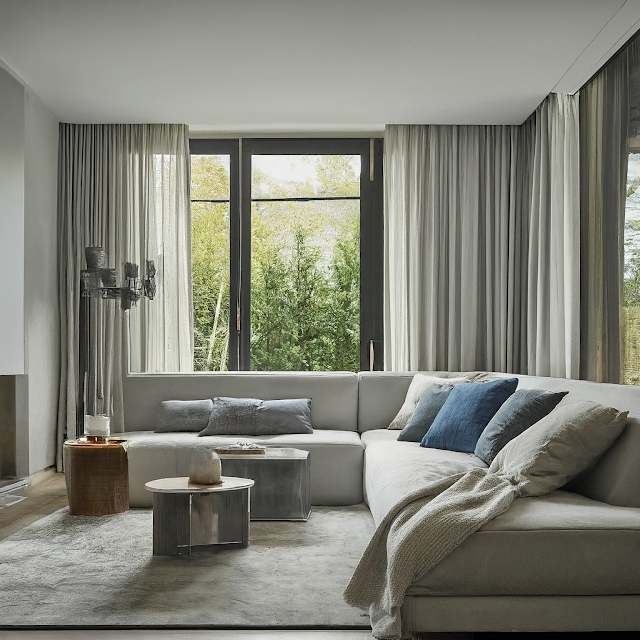Architecture is often perceived as a fusion of science and art, where pragmatic considerations meet creative expression. While functionality, sustainability, and practicality remain fundamental aspects of architectural design, the realm of imagination and fantasy also plays a significant role in shaping the built environment. In this article, we explore the profound influence of imagination and fantasy in architecture, examining how architects harness these creative forces to push the boundaries of design, evoke emotions, and inspire awe.
1. Bridging Reality and Imagination:
Imagination serves as a bridge between reality and possibility, allowing architects to envision and create worlds that transcend the constraints of everyday life. By tapping into their creative faculties, architects explore innovative design concepts, unconventional forms, and imaginative narratives that challenge conventional norms and push the boundaries of architectural expression. Imagination fuels the design process, driving architects to explore new ideas, experiment with unconventional materials, and envision alternative futures for the built environment.
2. Creating Emotional Responses:
Fantasy in architecture has the power to evoke emotional responses and stir the imagination of viewers, transcending the physical confines of buildings to create immersive and transformative experiences. Architects employ elements of fantasy such as whimsical forms, surreal landscapes, and fantastical narratives to evoke wonder, curiosity, and delight in occupants and visitors. From dreamlike structures that defy gravity to fantastical environments that transport occupants to otherworldly realms, fantasy in architecture stimulates the senses and ignites the imagination, leaving a lasting impression on those who encounter it.
3. Expressing Cultural Narratives:
Imagination and fantasy in architecture serve as vehicles for expressing cultural narratives, myths, and collective memories that shape the identity and character of built environments. Architects draw inspiration from cultural heritage, folklore, and mythology to infuse architectural designs with symbolic meaning, historical references, and cultural significance. Fantasy elements such as mythical creatures, iconic landmarks, and symbolic motifs become integral parts of architectural narratives, imbuing buildings with layers of meaning and inviting occupants to engage with their cultural heritage in new and unexpected ways.
4. Pushing Architectural Boundaries:
Fantasy in architecture empowers architects to push the boundaries of design, innovation, and creativity, challenging conventional norms and redefining the possibilities of the built environment. Architects experiment with unconventional forms, avant-garde materials, and visionary concepts that defy traditional notions of architecture, pushing the limits of structural engineering and construction technology. Fantasy-inspired designs such as futuristic cities, floating structures, and organic forms challenge preconceived notions of what is possible in architecture, inspiring architects to imagine bold and visionary futures for the built environment.
5. Inspiring Awe and Wonder:
Imagination and fantasy in architecture have the power to inspire awe and wonder in occupants and visitors, creating memorable and transformative experiences that transcend the ordinary. Architects harness fantasy elements such as monumental scale, dramatic lighting, and surreal landscapes to create immersive environments that captivate the imagination and evoke a sense of wonder. From awe-inspiring architectural landmarks to fantastical themed environments, fantasy in architecture invites occupants to suspend disbelief and embark on a journey of exploration and discovery within the built environment.
Conclusion:
In conclusion, imagination and fantasy play a profound and transformative role in architecture, inspiring architects to push the boundaries of design, evoke emotional responses, and create immersive experiences that transcend the ordinary. By tapping into their creative faculties, architects unleash the power of imagination to envision bold and visionary futures for the built environment, infusing architectural designs with elements of fantasy that captivate the imagination and inspire awe in occupants and visitors alike. As architects continue to explore the realm of imagination and fantasy in architecture, they redefine the possibilities of design, innovation, and creativity, shaping a built environment that reflects the boundless potential of human imagination.
























No comments:
Post a Comment